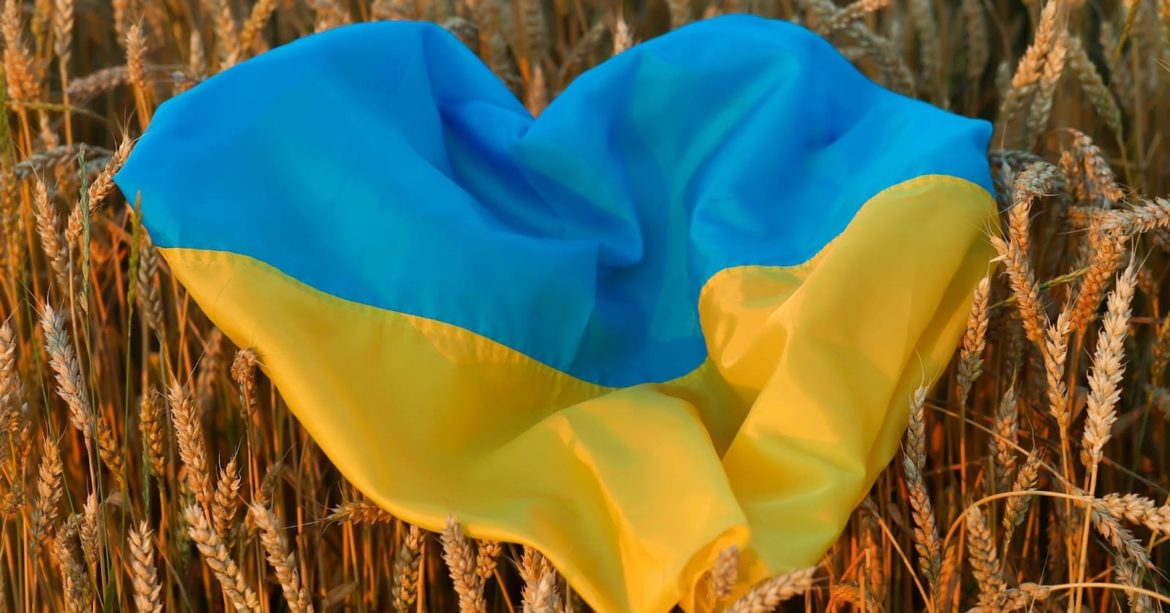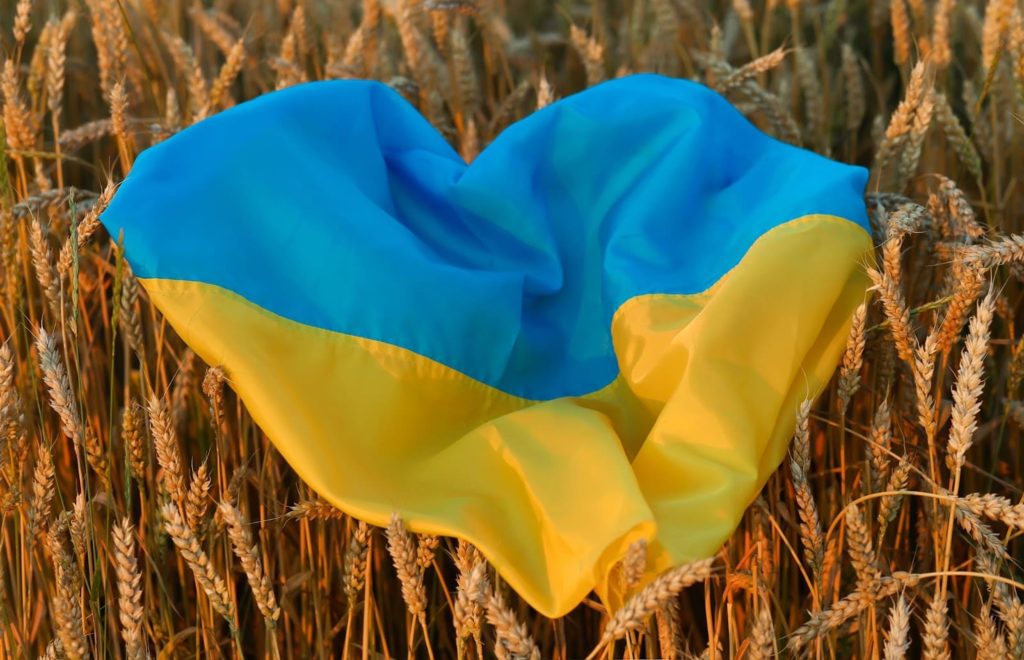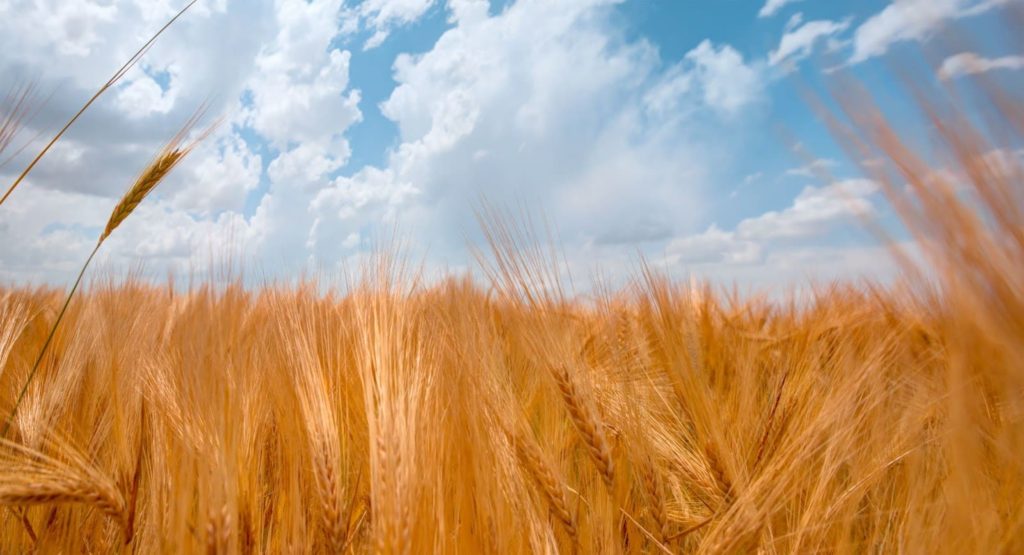How Much Wheat Does Ukraine Produce?
Since the Russian invasion of Ukraine, there has been much talk of a global wheat crisis. This is partly due to the fact that Ukraine is one of the top wheat producers and exporters in the world.
So, how much wheat does Ukraine produce and how is the conflict having a negative effect? In order to answer this question, let’s examine the current situation and take a closer look at how Australian farmers can help resolve the growing global wheat crisis.
Key points
- Since the Russian invasion of Ukraine, there has been much talk of a global wheat crisis.
- This is partly due to the fact that Ukraine is one of the top wheat producers and exporters in the world.
- As of 2020, the export value of wheat from Ukraine was US$3.59 billion. This made it the fifth largest exporter of wheat in the world.
- The Russian invasion has resulted in last year’s Ukrainian wheat harvest exports being stuck and next year’s are at risk.
Why is Ukraine known as the breadbasket of Europe?
To develop an understanding of the current problems with wheat supply, it’s important to know more about wheat production in Ukraine and why the country, together with Russia, is known as the breadbasket of Europe.
Ukraine’s strength in the agricultural sector is partly connected to the presence of fertile black soil known as chernozem in the country. This is a highly fertile soil that is rich with goodness including minerals and organic carbon. Around 25% of the world’s reserves of this chernozem exists within Ukraine.
Its presence has helped Ukraine to become one of the world’s largest exporters of wheat and maize. The country is also the largest exporter of sunflower oil.
As of 2020, the export value of wheat from the country was US$3.59 billion. This made it the fifth largest exporter of wheat in the world.
Wheat supply problems caused by the conflict in Ukraine
The global pandemic had already caused food prices to rise. Now, the crisis in Ukraine, and wheat shortages, are also having an impact.
The problems are partly due to the interruption of the production of wheat in Ukraine. This is leading to problems with the supply of wheat to Ukraine’s biggest export markets, Egypt, Indonesia, Bangladesh, Turkey, and Tunisia.
It’s also important to realise that sanctions against Russia are adding to the wheat availability issues as normally the country is the biggest exporter of wheat in the world. In 2020, its wheat exports were valued at US$7.92 billion.
Together, Ukraine and Russia are responsible for around 30% of wheat exports in the world. So, war raging in Ukraine and the sanctions against Russia are combining to have a significant negative impact on global supply.
The Ukrainian cabinet has also made the decision to suspend exports of wheat, oats, millet, buckwheat, and cattle, in order to protect domestic supply. This will have a further detrimental effect on the global supply chain.
This impact is already starting to be seen with the US Department of Agriculture predicting that Ukrainian and Russian wheat exports are likely to fall by at least seven million tonnes this year.
And this may only be the beginning. The current issues involve the Ukrainian wheat crops that have already been harvested. However, there is also a risk to this year’s harvest which would normally happen from July onwards.
There is a lack of farmers available to plant seeds as many have joined the fight against the Russian invasion. The farmers that are still working the land are struggling to find supplies of seed and fertiliser.
If they can overcome these problems, they also have to decide if it’s worth planting as fuel supplies are low and prices are high. This will make it difficult to run the combines necessary for harvesting when the time comes.
So, not only are around 12.24 million tonnes of wheat from last year’s harvest in Ukraine and Russia stuck right now, but there is also a chance that around 54.43 million tonnes could be lost from missed harvesting potential this year.
This will lead to increasing food prices. Countries in certain parts of the world, mostly Africa and the Middle East, will have problems meeting these costs. This could result in significant food shortages in some countries.
The part Australia can play in solving the global wheat shortage
Australia potentially has a vital role to play in helping to resolve the global wheat crisis. The country has achieved a bumper grain harvest of 60 million tonnes over the last two years, so it has the product available to export.
The problem lies with a lack of resources for transportation, such as trains and trucks. Grain Growers Australia chairman Brett Hosking has called on the Australian federal government to step in and provide support for exports by investing in road, rail, and port infrastructure.
Hosking believes that Australia has a responsibility to help the world escape the havoc of a wheat supply crisis and he is of the opinion that government investment can help this happen.
Only time will tell if this investment happens, and Australia meets its potential to become the world’s breadbasket during the current period of uncertainty.
One thing is certain, the longer the conflict in Ukraine continues, the more help from countries like Australia will be needed as global wheat supplies continue to be depleted, wheat prices increase, and global food prices continue to rise.



